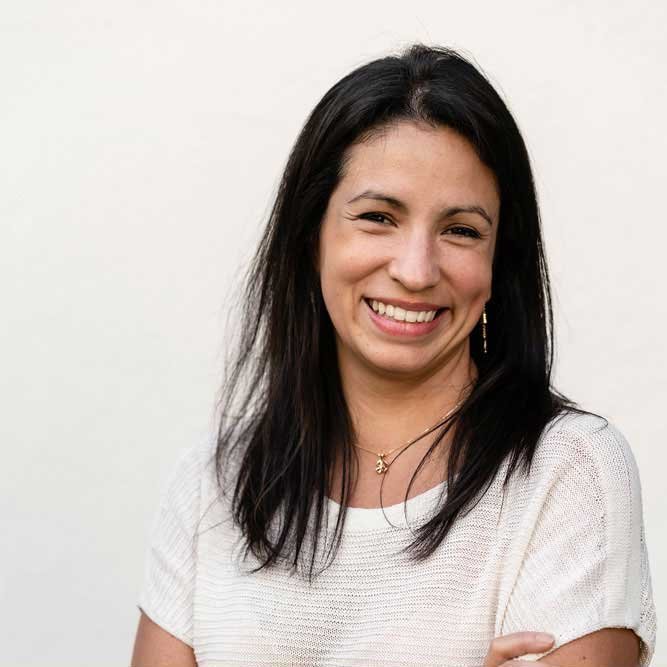Elisa Aragon, Co-Founder and CEO of Nelixia
How would you describe your company?
Nelixia is a company based in Latin America that produces 100% natural ingredients, such as essential oils, concretes, absolutes, extracts and spices; ingredients used in the perfume industry, flavors, aromatherapy, teas and spices among others. We currently have three production units in Guatemala, Honduras and Paraguay and we are sourcing from six different countries across Latin America.
You have adopted a sustainability vision for 2030. Tell us about it and how you will achieve it?
Our vision is ‘Make achievable a sustainable and restored world by 2030.’ To reach this, we all must fully commit to sustainability. The world is finally ready for this level of commitment. The main challenge will be how we move sustainability from an abstract concept to real action on the ground. Sustainable sourcing for natural raw materials is a very complex concept because it is multidimensional, covering everything from working with people in extreme poverty to protecting biodiversity, to climate change and deforestation. Standards like the UEBT standard help guide us towards ethical sourcing, but the challenge remains how to implement these standards and transform them into understandable actions for people on the ground.
So we have created a methodology that translates the standards we use into easy indicators that our team can understand but also that producers can understand. Our teams use these tools on the ground in their day-to-day work, and they update the indicators in real time. This is how we can move sustainable sourcing to the mainstream, instead of doing this for just one specific project, or one differentiated ingredient line. For us, as producers of natural ingredients, we have a critical place at the start of the value chain. We are the bridge between the producers and the clients who use our products. We are also the enablers of our clients’ sustainability strategy on the ground. So, we have to align the whole value chain.
How do you get this kind of alignment on sustainability across the value chain? You might be taking these actions, but how can you ensure the client is moving in this direction as well?
We need commitments all along the value chain: on volumes, on long term contracts and on price. We also need fair prices and commitments on transparency. Everyone must commit. Because only together can we make such a vision achievable.
Let’s say you have this alignment and are working with committed clients that are transparent. What else do you need?
You need to have a sense of purpose, and of partnership. At Nelixia we say purpose starts at the source. If you give purpose to the producer, they will have a better way of working. We also hope to give purpose to the client, and the consumer. A good partnership with a client means that you have a dialogue. And it must be a two-way conversation. You can have a credible standard you follow and which the client supports as well, but you often have to adapt these standards to the real-life situation. If we work together with our clients and discuss things together, we can establish a sustainable partnership. This means we educate each other and show how things are done, which helps give purpose to the whole value chain.
You mentioned a ‘restored’ world in your vision. What do you mean by this?
Once sustainable sourcing is mainstream, we must go further. We must restore and regenerate. We have to restore the trust of communities. We have to restore the soils. We have to regenerate the biodiversity we have diminished. I truly believe that companies will differentiate themselves in the future through restoration and regeneration.
At Nelixia you have ownership of the sustainability strategy as the CEO. Do you believe that sustainability goals must come from the top?
We need to stop having a sustainability division in each company. Each division needs to have sustainability goals, even finance. For example, let us consider our impact on the world, either good or bad, and translate that into assets and liabilities. Let’s measure our carbon footprint across all divisions of a company.
Yes, I believe sustainability must be addressed by and led by the CEO, not by a sustainability director, because it is the most critical and the most strategic subject of all.
Elisa Aragón, Co-founder and CEO of Nelixia








